Tikal National Park and Maya Civilization
Tikal National Park is a remarkable destination located in the lush Maya Forest and it is home to a wide variety of wildlife and showcases the fascinating history of the ancient Maya civilization. With its thick jungles and impressive ruins of Tikal, an important archaeological site, the park stands out from ordinary nature reserves. These unique features make it an exciting place for anyone interested in history, culture, or nature, inviting visitors to discover and explore its wonders.
Table of Contents
Where is Tikal National Park located?
Tikal National Park is a special place located in the beautiful Maya Forest in northern Guatemala, specifically in the Petén Province. This park is more than just a typical nature area; it’s a fascinating reminder of the ancient Maya civilization. Visitors can enjoy the lush jungle, see a variety of wildlife, and explore the impressive ruins of Tikal, which is an important archaeological site.
Inscription of Tikal National Park
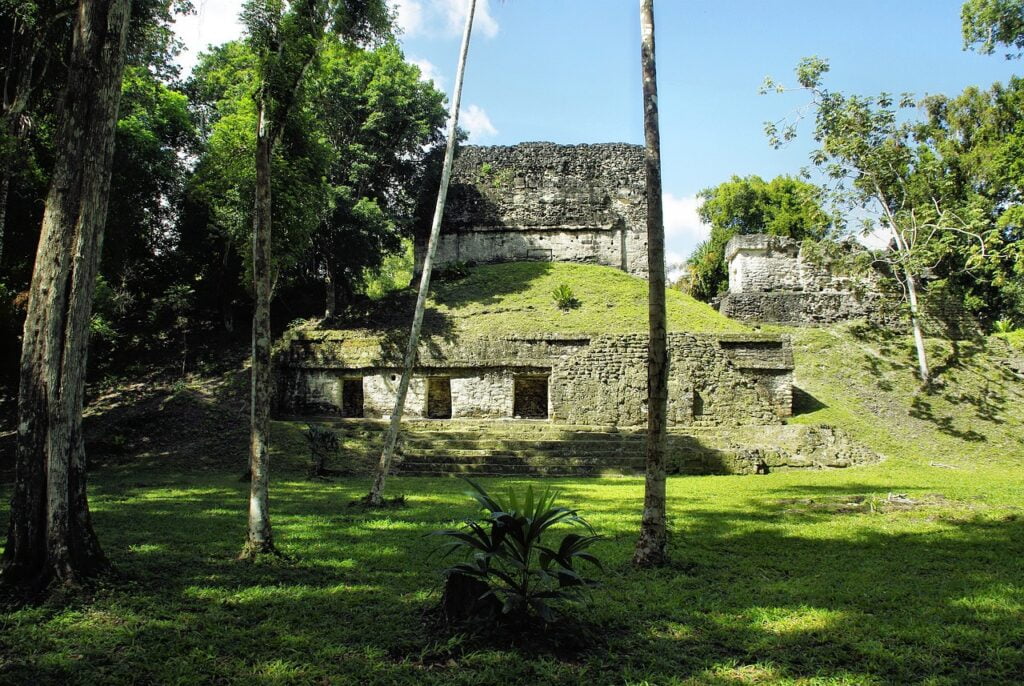
Tikal National Park, located in Guatemala, was recognized by UNESCO World Heritage Site in 1979. This honor was significant for the park, showcasing its incredible cultural and natural importance worldwide. The park is home to various wildlife and remarkable ruins from the ancient Maya civilization, which emphasizes the importance of preserving these historical and natural treasures for future generations to enjoy.
What is the Tikal? What is the history of Tikal city?
Tikal is an important archaeological site from the ancient Maya civilization, known for being a center of politics, trade, and military activities. This fascinating site spans about 400 hectares and features a variety of impressive structures. Within the urban area, you can find grand palaces, beautiful temples, ceremonial platforms, and various types of homes. There are also ball courts for games, terraces, roads, and a mix of large and small public squares.
A large area of great archaeological importance covers around 1,200 hectares. This region includes ancient housing settlements and old water storage systems known today as “aguadas. The large area surrounding the main site includes more than 25 secondary locations that have historically served as protective posts and checkpoints for trade routes. These outer regions also played a significant role in farming, which supported the heavily populated center.
There are many ancient monuments that feature beautiful designs, such as stone carvings and wall paintings known as hieroglyphics(Ancient Writing). These decorations tell the story of the city’s history and its connections with other important cities from as far away as Teotihuacan and Calakmul in Mexico, Copan in Honduras, and Caracol in Belize.
Tikal plays a key role in understanding the history and culture of the Maya people. This deep history links to the past and helps appreciate how culture has changed over time. It creates a sense of connection to history and allows people to value different cultures.
What is the Ancient Civilization of Tikal?
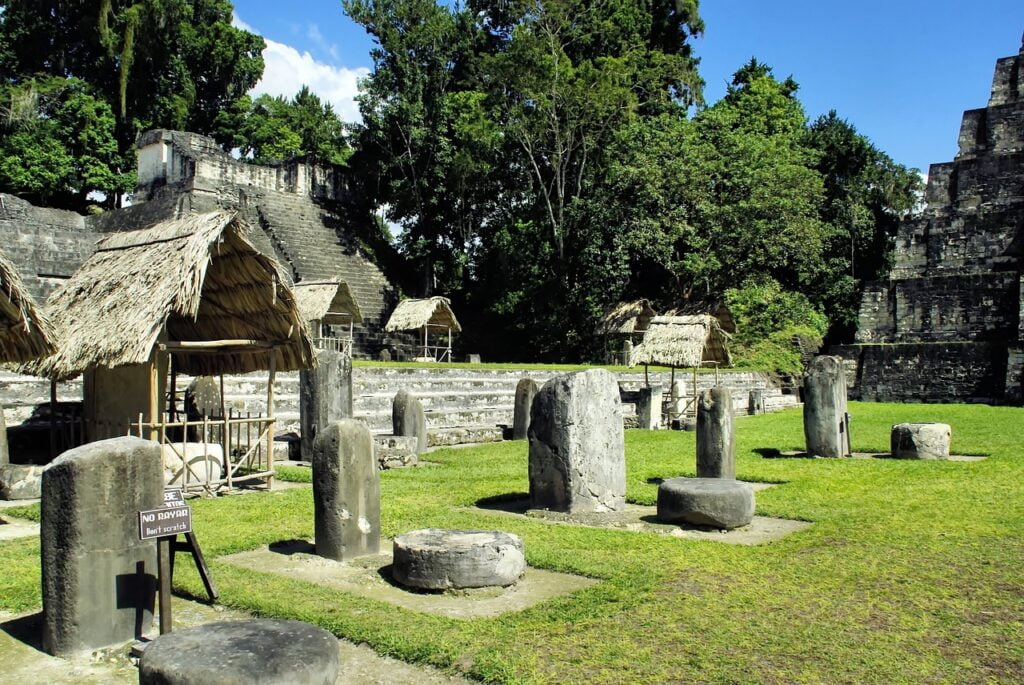
Tikal has dramatically enhanced our understanding of an impressive ancient civilization and how its culture developed over time. Research has revealed numerous remarkable structures, sculptures, and other evidence showing that the people living in the area made impressive advancements in technology, knowledge, and art. This development started with the arrival of the first inhabitants around 800 BC and continued until the last significant settlements around 900 AD.
There are many impressive sites, such as the Great Plaza, the Lost World Complex, the Twin Pyramid Complexes, ball courts and irrigation systems. These places highlight the rich variety of architecture and sculptures that served important roles for ceremonies, administration, and living spaces. These discoveries help us learn more about our history and give us valuable information about how human civilization has grown over time. They inspire a sense of understanding and knowledge for everyone.
What is the Maya Civilization? What is the Maya Civilization famous for?
Tikal National Park is a stunning example of the creativity and intelligence of the ancient Maya civilization. The park is filled with impressive buildings and artwork, and many of these structures hold deeper meanings. For instance, the pyramids in Tikal are often viewed as symbolic mountains, representing a world where people live in harmony with nature around them. It’s an incredible place that has links to the universe and is believed to have been used for impressive performances.
Tikal National Park is a fascinating place that reveals the story of how the ancient Maya people evolved over time. They changed from hunting and gathering to farming, which allowed them to establish a rich culture filled with religion, art, and science. The ruins found in the park highlight different stages of their architectural achievements, especially those connected to their spiritual practices and ceremonies. These structures help us understand the complexity of Mayan society and its development throughout the years.
The arrangement of palaces, temples, ceremonial platforms, and homes in Tikal National Park showcases the impressive organization of the Maya civilization in terms of politics, society, and economy. The numerous monuments adorned with beautiful hieroglyphic writings highlight the cultural importance of this site. This rich heritage not only inspires us but also helps us appreciate the incredible history of the Maya people.
What is the history of Tikal National Park?
Tikal National Park is known for its unique characteristics that tell important stories about its history, legends, and the lives of the people who ruled there. The remarkable documents span a long period of 1,161 years, from 292 BC to 869 AD, and detail the reigns of 33 different leaders in the ancient Maya civilization. The oldest of these sculptures, known as Stela 29, was created in 292 BC, while the most recent, Stela 11, was made in 869 AD. These monuments provide valuable insight into the history and governance of this fascinating culture.
What is the biodiversity of Tikal National Park?
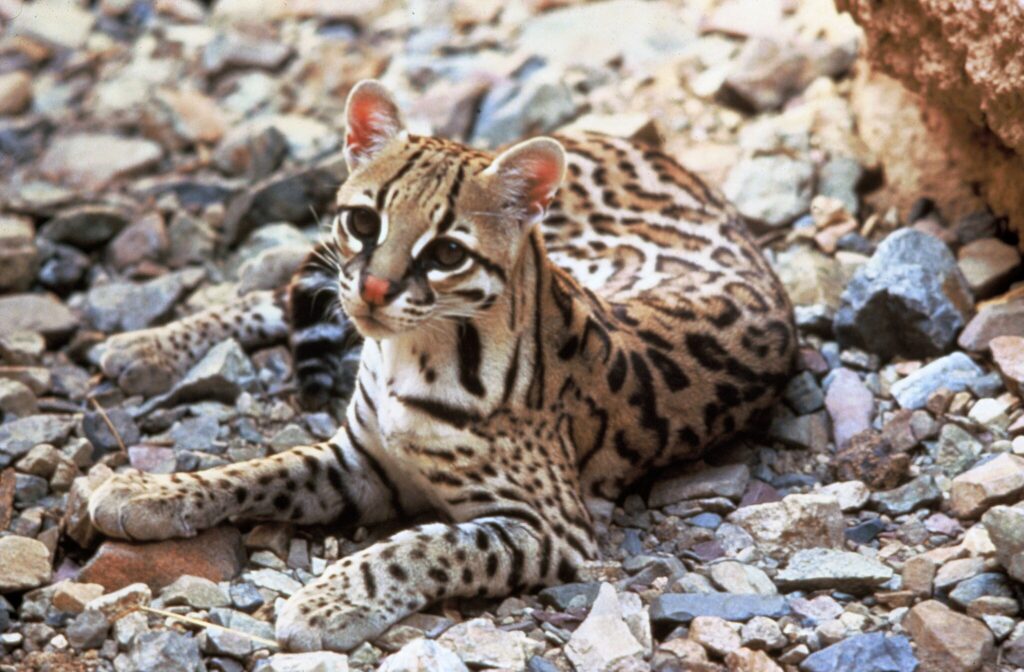
Tikal National Park is located within the vast Maya Biosphere Reserve, which covers more than two million hectares and links to other protected areas. It’s a special place recognized as a World Heritage site because of its incredible variety of plants and animals, as well as its rich history. The park itself features a diverse landscape that includes wetlands, savannahs, and lush forests filled with tropical trees and palm trees, making it a beautiful and important area for nature and culture.
South America is filled with a wide variety of ecosystems and natural habitats, showcasing an incredible array of wildlife and plants. Here, you can find five different types of big cats, including the majestic Jaguar and the sleek Puma, along with various monkeys, anteaters, and many kinds of birds. The forests are home to over 200 species of trees and more than 2,000 higher plants, making it a true paradise for anyone who loves nature.
What is the Petén Region?
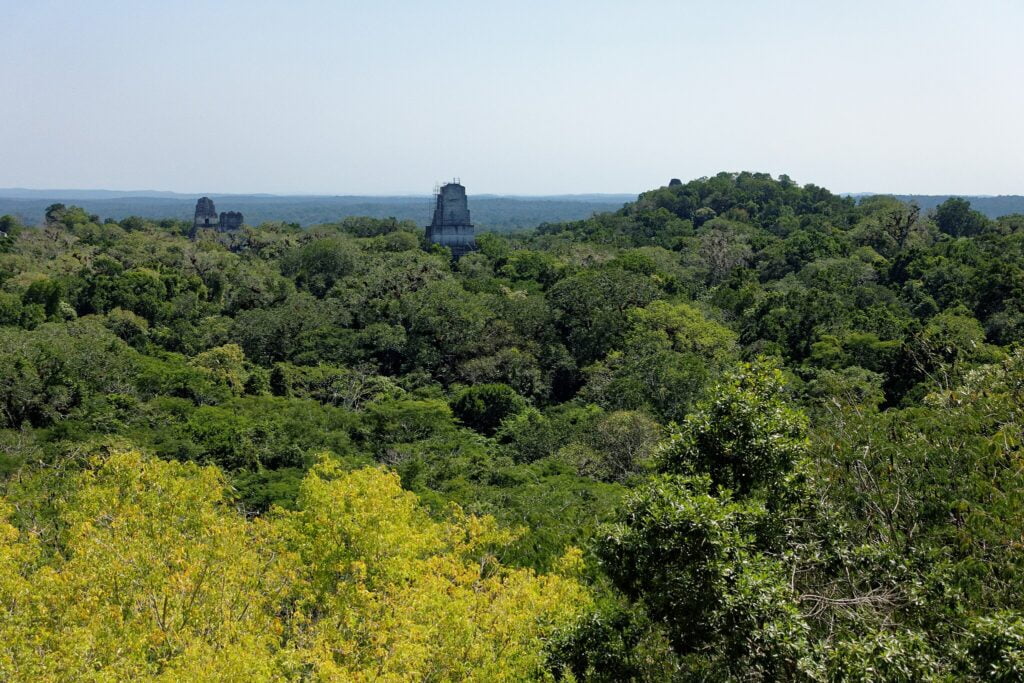
The Petén Region and the Maya Forest have a fantastic range of plants and animals in both their land and fresh water environments. More than 2,000 types of higher plants have been identified in this area, including around 200 different kinds of trees. The forests are lush and filled with various plants, such as palm trees, colorful orchids, and unique bromeliads. It’s a vibrant ecosystem full of life!
The region is home to a wide variety of wildlife, including more than 100 different types of mammals and over 60 species of bats. You can find five kinds of big cats here: the Jaguar, Puma, Ocelot, Margay, and Jaguarundi. Additionally, it is inhabited by the Mantled Howler Monkey and several endangered animals like the Yucatan Spider Monkey and Baird’s Tapir.
The Ocellated Turkey, Tufted Eagle, Ornate Hawk-Eagle, and the endangered Great Curassow are just a few of the over 330 bird species found in the area. Additionally, more than 100 types of reptiles call this place home, including the endangered Central American River Turtle, Morelet’s Crocodile, and 38 different kinds of snakes.
The area is home to 25 species of amphibians, along with a wide variety of fish and other small creatures. It’s also known for having many important types of plants used in farming that grow naturally in the wild.
How many Temples are in Tikal National Park?

Tikal National Park is an incredible site that showcases six significant temples, each renowned for their impressive size and historical significance. Here’s a brief overview of these temples:
- Temple I is popularly called the Temple of the Great Jaguar.
- Temple II goes by the name of the Temple of the Masks.
- Temple III is well-known as the Temple of the Jaguar Priest.
- Temple IV is the tallest of the group, standing around 70 meters (or about 230 feet high).
- Temple V doesn’t have a widely recognized nickname.
- Temple VI is famous as the Temple of the Inscriptions.
In addition to these six main temples, Tikal is filled with many smaller buildings, pyramids, and platforms, all part of this vast ancient Maya city. It’s a fascinating place with a rich history waiting to be explored!
What is the famous Temple in Tikal National Park?
The Temple of the Great Jaguar, often called Temple I, is the most famous temple in Tikal National Park. This impressive pyramid was built around 732 AD in the heart of the ancient Maya city of Tikal, which is now in Guatemala. It’s a remarkable structure that showcases the incredible history and culture of the Maya civilization.
Temple I is about 47 meters (or 154 feet) tall and was built to honor Jasaw Chan K’awiil I, an important leader of Tikal, an important ancient city. Nearby is another important structure known as Temple II or the Temple of the Masks.
What is the Tikal National Park famous for?
Tikal National Park is known for its amazing ancient Maya ruins, which include large temples, pyramids, and palaces, all surrounded by beautiful tropical rainforests. This park is also famous for its diverse wildlife and plant life, making it a special place recognized by UNESCO World Heritage Site. Tikal is one of the biggest and most important Mayan cities, providing a fascinating look into the history and culture of the Maya people.
Why do we need to preserve Tikal National Park significantly for us and future generations?
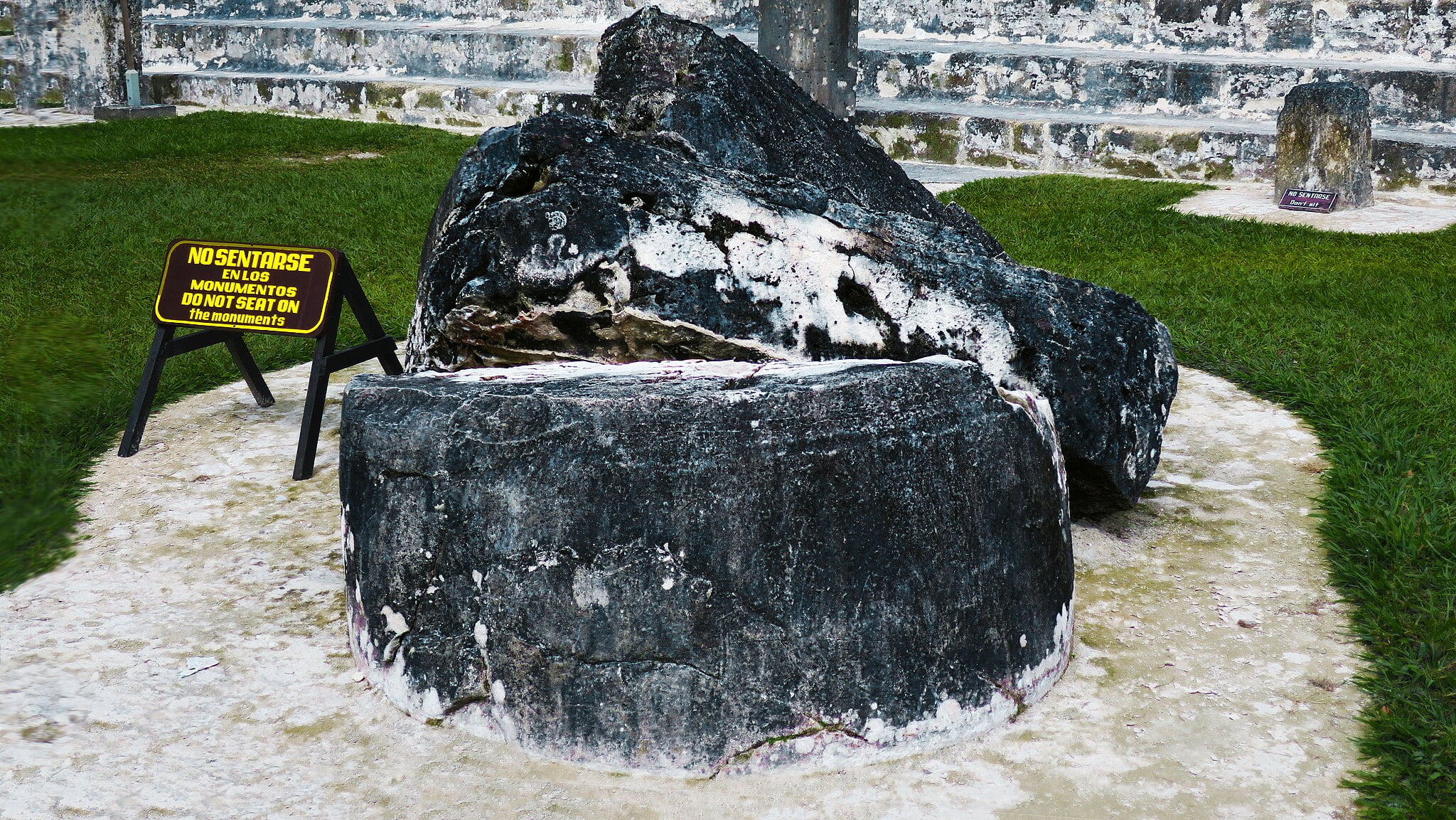
Preserving Tikal National Park is really important for many reasons. It provides a home for various animals and plants, helping to keep our natural world rich and diverse. By protecting this park, we also ensure that we have clean air and water, which are necessary for our health and happiness.
Tikal National Park is an excellent place for both fun and learning. It allows visitors to enjoy nature while also teaching us how to take care of the environment. By protecting this park, we help ensure that future generations can enjoy its beauty and all the good things it offers, allowing them to appreciate the natural world even more.
Why should you visit Tikal National Park as a visitor?
Tikal National Park is a fantastic place to visit, known for its impressive ancient Mayan ruins surrounded by beautiful jungles. It’s one of the most significant archaeological sites in Central America and gives you a chance to learn about the Mayan civilization. You can see impressive temples, pyramids, and a variety of wildlife. The park also boasts stunning scenery and different types of plants and animals, making it perfect for hiking, birdwatching, and exploring history. One of the most memorable experiences is observing the sunrise over the temples, which is truly breathtaking.
What activities would you most enjoy at Tikal National Park, such as hiking, birdwatching, or exploring historical sites?
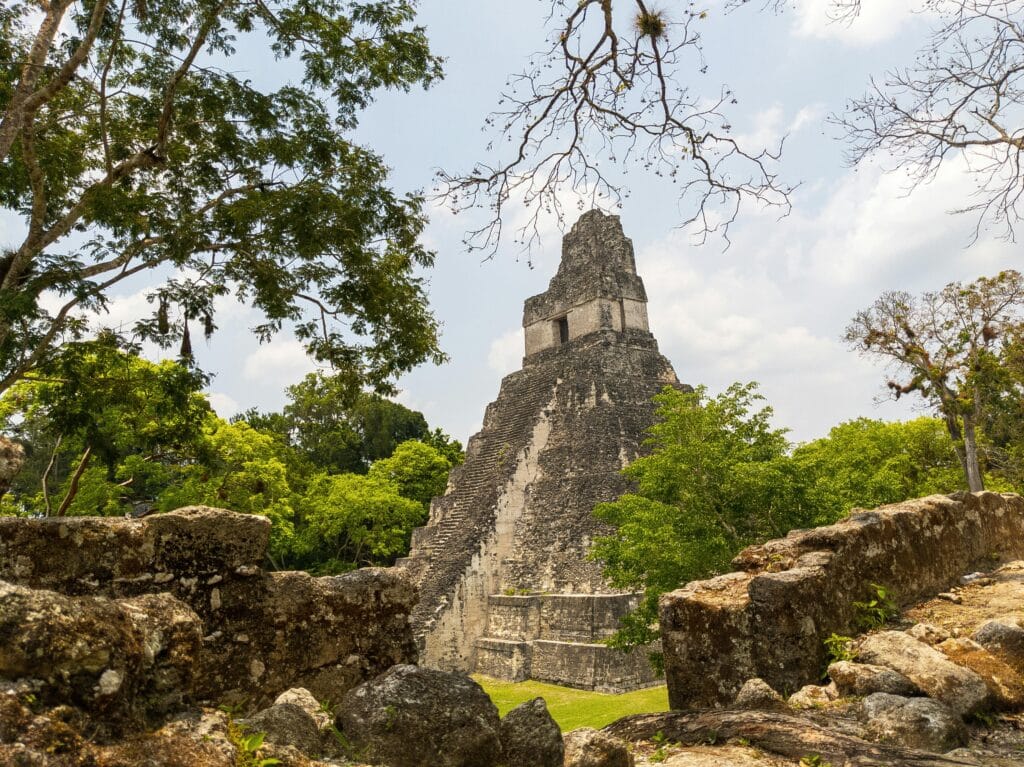
Don’t miss out on the adventure of a lifetime! Plan your trip to Tikal National Park today and immerse yourself in this incredible destination’s rich history and stunning natural beauty. Whether you’re an avid explorer or simply seeking a peaceful retreat, Tikal offers unforgettable experiences waiting for you. Book your journey now and prepare to create memories that will last a lifetime!
When you’re planning your adventure, enhance your travel experience by using trusted websites like GetYourGuide and Trip.com! These platforms offer a variety of enjoyable tours, activities, and accommodation options to suit every traveler’s needs.
- GetYourGuide offers a wide variety of unforgettable travel experiences. You can choose from tickets to Popular Attractions, Transportation Options, City Passes, Guided Tours, Hop-on Hop-off Bus Services, Water Activities, Day trips, and Trips that last several days in many locations around the world.
- Trip.com makes it easy to combine Flights and Hotels, Trains, Car Rentals, Airport Transfers and Attractions & Tours to create the perfect travel package tailored just for you.
Start your journey with our reliable travel partners and unlock the best of Tikal National Park and beyond!
Disclaimer
In this post, affiliate links are included and those links are associated with well-known travel companies such as GetYourGuide and Trip.com. If you choose to purchase or book a service using those links, we may earn a commission at no additional cost to you. We focus on recommending products and services that are helpful to you and we appreciate your support!
Conclusion
We hope you find this information helpful for your next trip. If you want to learn more, check out our other travel blog posts. We cover many topics, including amazing places to visit and helpful travel tips. Whether you’re looking for hidden gems, new cultures, or helpful advice, there’s something for everyone.
Additionally, If you enjoyed the information we shared, don’t forget to explore our other travel product reviews to make your journey even better! Please take a moment to look through our previous posts and let your sense of adventure guide you on your next journey! We wish you happy travels and look forward to sharing more with you in our next blog post!




